Healthy, tasty, and unprocessed natural product – fish is a regular part of our menu. Or? There are also good reasons not to eat fish.
Fishing is destructive

Whether or not fish feel pain is a matter of debate. However, the mere possibility that they might suffer makes most of today’s capture, breeding and killing methods seem cruel. As a rule, the fish slowly drown, suffocate or bleed to death.
Perhaps more importantly, many fishing methods involve large amounts of bycatch. It is often larger fish such as rays or sharks, but mammals such as whales and dolphins, turtles and seabirds also regularly perish in the nets and lines. Depending on the fishing method and the species being fished, up to 90 percent of a catch can be by-catch. It is estimated that bycatch could account for up to 40 percent of the world catch.
The marine ecosystem is also suffering: Many of the fishing methods used in industrial fishing cause serious damage to the oceans. Various types of bottom trawls, which are towed along the seabed, are particularly widespread. They leave deep furrows in the seabed, and destroy rock formations and coral reefs and thus the habitat of numerous species.
In addition, according to experts, these bottom trawls release huge amounts of CO2 directly from the seabed. Every year, twice the amount of carbon dioxide escapes that Europe produced in 2020. The CO2 escapes into the water and contributes to the acidification of the oceans.
The seas are empty
Most of the fish that end up on our plates come from overfished stocks. According to the Food and Agriculture Organization (FAO), almost 35 percent of the world’s fish stocks are currently overfished. Around 60 percent of the fish stocks are used to the limit – that is, the stocks can just about be preserved, an increase in catches would lead to overfishing. “Overfished” means that more fish are caught than can “come naturally” and stocks are declining.
In recent decades, commercial fishing has pushed a large number of marine life to the brink of extinction – not least due to the high levels of bycatch. This development not only disrupts the natural ecosystem of the oceans, but also widens the gap between developing and industrialized countries. Because European super trawlers have long been fishing the coastal waters off Africa and South America empty and African fish are flown halfway around the world.
According to the FAO, the stocks of popular edible fish species such as cod, mackerel, anchovies, Pacific pollack (“Alaska pollock”) and tuna are largely at the limit or even overfished. More than 30 percent of the stocks of the seven most important tuna species alone are considered overfished. In the Mediterranean, more than 90 percent of the fish stocks are overfished.
Excessive fishing affects the ecological balance of the oceans. Large fish are particularly popular for consumption. When industrial fisheries catch large amounts of it, the natural composition of the so-called food web changes. For example, if predatory fish such as tuna are missing, populations of smaller fish will spread. According to the WWF, the worst case scenario is a destabilization of the food chain.
Tip: In the regularly updated WWF fish guide or the fish guide from the consumer advice centers, the organization lists which types of fish are (still) recommended and which are not.
Aquaculture is factory farming
According to the FAO, around half of the fish consumed worldwide now comes from aquaculture. Although these are often mentioned as an ecological alternative, they are often just as unsustainable as wild capture.
Aquaculture can help to conserve endangered stocks, but they have some typical characteristics and problems of factory farming. Bred for rapid growth, the animals are kept in confined spaces, either in artificial ponds or in cages in open water.
Because this makes them susceptible to disease, they are often treated with antibiotics and other drugs, residues of which can also be found in the fillet. The excretions of the fish pollute the waters and lead to over-fertilization. Particularly “open” aquaculture systems in the sea or in rivers harbor the risk of contaminating the surrounding waters with leftover feed, faeces, medicines and chemicals.
In addition, predatory fish such as salmon or trout in farms are often fed with wild-caught fish or feed derived from them, which further drives overfishing of the seas. In some cases, several kilos of fish protein are required as feed per kilo of edible fish – according to Greenpeace, for example, for one kilo of farmed tuna around 20 kilos of feed.
Some popular edible fish such as pangasius and tilapia are now almost exclusively farmed in aquaculture – often in Asia. In 2011, an ARD documentary revealed how pangasius farming in Vietnam used antibiotics and chemicals uncontrolled and polluted the waters.
Another problem: Large areas of mangrove forest are being cleared in Asia and Central America for fish farms. “Around a third of the world’s mangrove populations have been destroyed since the 1980s.
The seals are weak

Just like for other foods, a number of seals have now been established for fish products, which are intended to offer consumers orientation.
The most common seal is that of the Marine Stewardship Council (MSC). According to the MSC, the certified companies must fish for fish stocks sustainably and use environmentally friendly methods. The organization has thus made a contribution to ensuring that sustainability plays a role as a criterion for the fishing industry, trade, and consumers.
Nevertheless, the MSC is repeatedly criticized, among other things because it is supposed to allow industrial fishing of overfished stocks and destructive fishing methods such as bottom trawls.
The EU regulation for organic aquaculture from 2009 sets some sensible minimum criteria, but experts consider those for stocking density and chemicals to be too weak.
The two certification systems ASC and GLOBAL G.A.P. there are gaps in the sustainability standards for fish from aquaculture, for example with regard to the origin of the feed.
The relatively widespread SAFE seal certifies only “dolphin-safe” caught tuna, but does not take into account overfishing of the stocks or the fishing method.
Unfortunately, the strictest certifications are hardly widespread: the guidelines of the organic associations Naturland (aquaculture and wild fish) and Bioland (aquaculture).
Fishing leaves garbage in the sea
Huge amounts of nets are used for the huge catches worldwide. The nets used are mostly made of plastic fibers – and far too often they end up as garbage in the sea. There they float in the water as so-called “ghost nets” or get caught on reefs and rocks.
The abandoned nets usually get into the sea by mistake, storms or boat accidents. But it also happens, according to the WWF, that fisheries dispose of old nets in the sea. The nets remain on the seabed for hundreds of years and contribute to plastic pollution in the oceans – also by releasing microplastics.
Aside from pollution, ghost nets pose a massive threat to marine life. They eat small bits of plastic that come off the nets, or they get caught in the nets, injuring themselves or dying.
According to a Greenpeace report from 2019, around 640,000 tons of nets are lost or disposed of in the oceans every year. Around six percent of all nets used are lost every year and end up as marine litter. Fishing gear is said to account for around ten percent of all plastic entering the oceans today.
Fish is not as healthy as you think
Fish once or twice a week? Most nutrition experts agree: fish is healthy for humans. It is undisputed that fish is rich in omega-3 fatty acids and that these are important for human nutrition.
But not only fish, but also some vegetable foods and oils contain omega-3 fatty acids, for example linseed oil, hemp oil, rapeseed oil, wheat germ oil and walnuts as well as special preparations from microalgae. Iodine, vitamin D and proteins, which are abundant in fish, can also be easily ingested from plant sources.
Under certain circumstances, pollutants can also be found in fish in addition to all the healthy substances. Heavy metals such as mercury, industrial toxins such as PCBs (polychlorinated diphenyls) and dioxins, but also the smallest plastic particles (microplastics), antibiotics and pesticides are regularly found in fish of various origins. In particular, predatory fish such as tuna, salmon, swordfish or pike are affected.
Which fish can you eat now?

Giving up fish is the safest choice for the environment. Fish is also not a must for your own health. Anyone who is concerned with habits or taste will find many vegan fish substitutes on the market today.





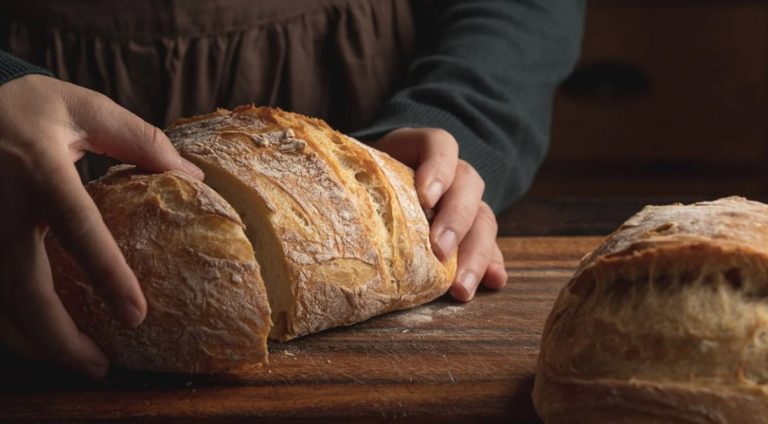



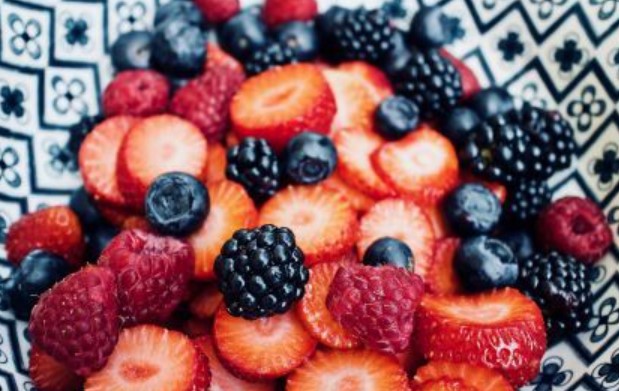


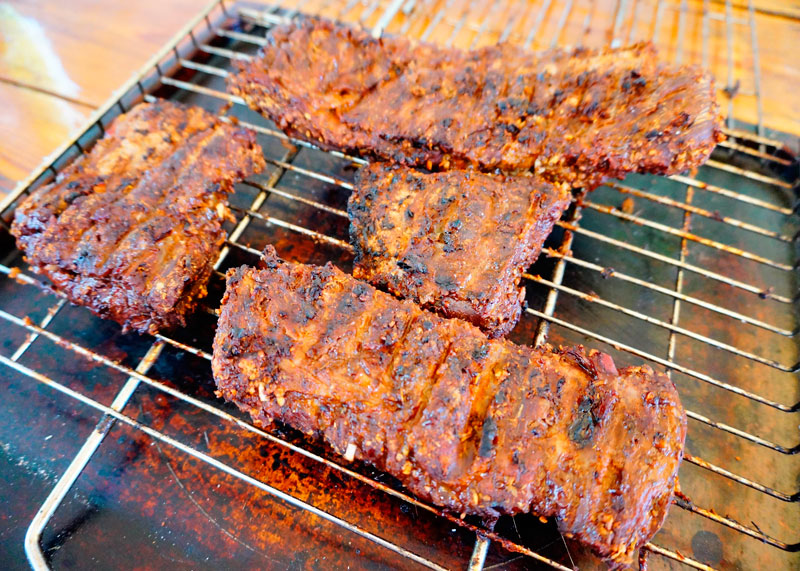




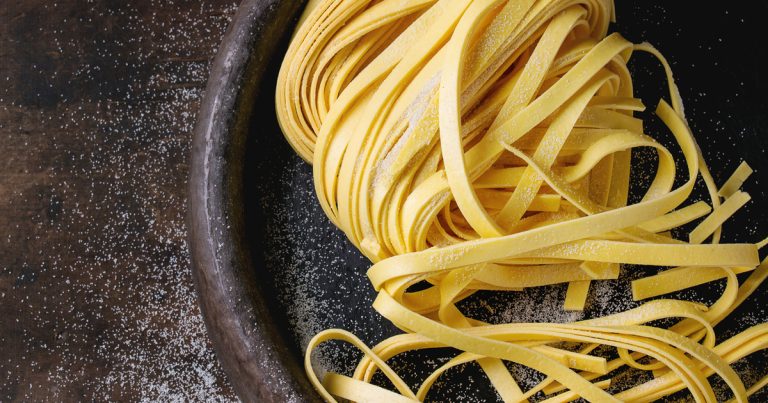


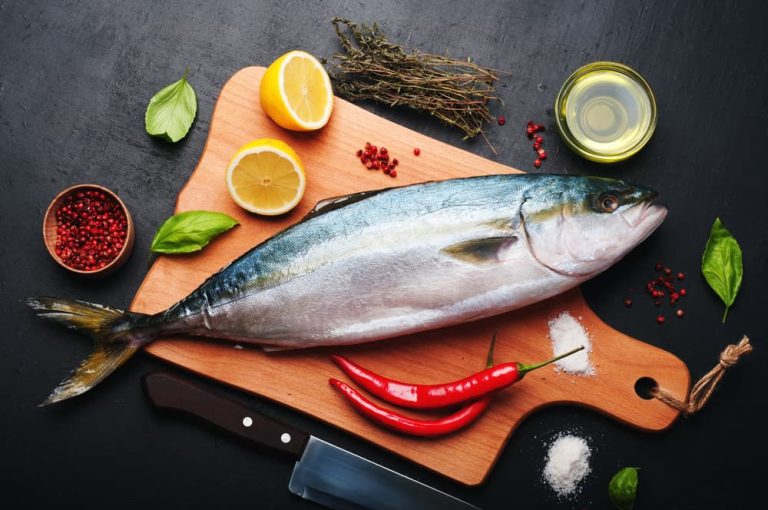





![Can you recommend a good Surinamese restaurant in [specific location]?](https://foodnerdy.com/blog/wp-content/uploads/2023/05/1-65.jpg)